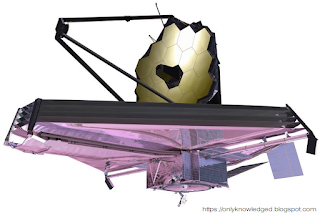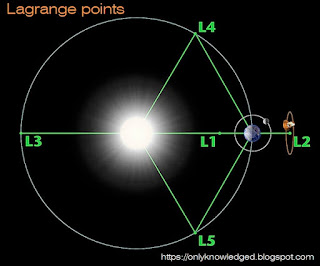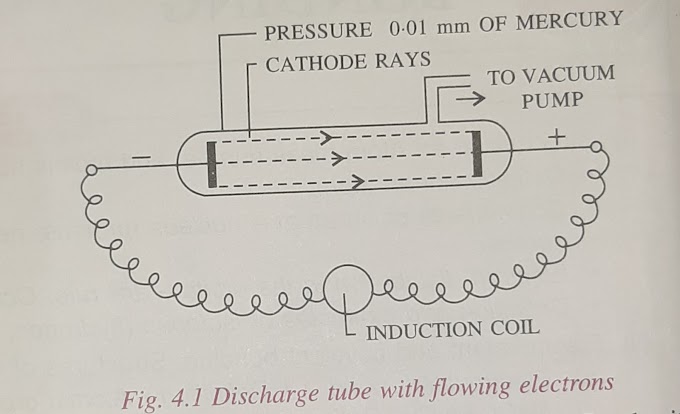James Webb Space Telescope "The Miracle of Science" | Part 2
The James Webb Telescope will not be in orbit around Earth like Hubble, it will be launching to a destination 1.5 million kilometres from Earth, Lagrange point 2.
Lagrange points are special points in space where small objects, like satellites, can stay more or less in the same position relative to the gravitational bodies that they are traveling with this happens because the gravitational pull from two bodies precisely equals the centripetal force required for the object to move with the gravitational bodies like little parking spots in space that allow satellites to sit in a relatively stable position while using a minimal amount of fuel to stay there.
There are 5 Lagrange points between the Sun and Earth. L1 lies between the Sun and Earth. It’s extremely useful for Sun observation satellites. However, the nature of the James Webb telescope's job wants it to avoid the light from the Sun as much as possible.
It is an infrared telescope, infrared is heat, and the heat emanating from the Sun would completely saturate it’s sensors and make observing the distant past impossible. So, it will be launching to L2, located about here. Here the telescope can turn it’s back to the Sun, Earth and Moon, which will stay in the same position, nicely lined up behind the telescope thanks to Lagrange point 2’s unique physics.
And making such a device, is a very very tough problem.
That’s Mike Menzel, Missions Systems Engineer for the James Webb Telescope.
We had to map every heat flow to make sure that we do not let any leak through from the hot side to the cold side to make sure that that sunlight, which is dumping approximately 200,000 watts of power in our direction - we only want less than a watt of that to get through to the telescope and passively cools the telescope.
Preventing that heat transfer is, as Mike said, a very tough problem. Heat can transfer in 3 ways. Conduction where heat is transferred from atom to atom in direct contact with each other, like heat travelling down a copper pipe.
Convection, where heat is transferred from the physical movement of atoms, and radiation heat is transferred by electromagnetic waves. In the vacuum of space convection isn’t a concern. So that leaves conduction and radiation as methods for heat transfer, let's see how the James Webb Telescope is managing these.






0 Comments
Hope Everyone Reading my posts are gaining KNOWLEDGE and able to know something new and informative.
📚📖📕🧾📝😅
Sharing is Caring. So please share this website with everyone you know so that they can also improve their KNOWLEDGE !!!